Sean Molloy Deep Rain, 2020 Acrylic and Oil on Paper Signed verso 10 x 15cm (3¾ x 5¾ in.) As a painter, Molloy's key concern is to investigate the relevance of painting in a digitally-mediated world. The work is constructed via a process of experimenting with a series of traditional baroque-inspired themes, spliced together with over-painted elements associated with digital-based imagery. The traditional elements have been appropriated from sources within the Dutch, Spanish, Flemish and Italian baroque painting canon, combined and juxtaposed to create a series of capriccio-type fantasy scenes and miniature tondo portraits. The digital elements overlaying the traditional subject matter have been inspired by a variety of sources (C.G.I., games, image manipulation software, glitch-art, etc.). Molloy refers to these concealing elements as pentimenti. The use of terms like 'pentimenti' refers to the underlying mark-making, choices and corrections that the painter would make during the composition of the work, usually discovered by restorers, and now, even more accurately, through the technology of reflectography. 'Pentimenti' also reveal when the painter's original work has been later over-painted, often in response to socio-political, moral or fashion imperatives or simply through complacent restoration. Thus the definitive (often canonical) work reveals itself as something which is not a solid given, but the outcome of a fluid, changing dynamic. In today's world, there is also a certain impermanence to digital images; they can be easily deleted, they succumb to degradation over time, they can be altered and manipulated as we wish. This shared impermanence of both mediums old and contemporary is key to Molloy's current area of research.
Sean Molloy Deep Rain, 2020 Acrylic and Oil on Paper Signed verso 10 x 15cm (3¾ x 5¾ in.) As a painter, Molloy's key concern is to investigate the relevance of painting in a digitally-mediated world. The work is constructed via a process of experimenting with a series of traditional baroque-inspired themes, spliced together with over-painted elements associated with digital-based imagery. The traditional elements have been appropriated from sources within the Dutch, Spanish, Flemish and Italian baroque painting canon, combined and juxtaposed to create a series of capriccio-type fantasy scenes and miniature tondo portraits. The digital elements overlaying the traditional subject matter have been inspired by a variety of sources (C.G.I., games, image manipulation software, glitch-art, etc.). Molloy refers to these concealing elements as pentimenti. The use of terms like 'pentimenti' refers to the underlying mark-making, choices and corrections that the painter would make during the composition of the work, usually discovered by restorers, and now, even more accurately, through the technology of reflectography. 'Pentimenti' also reveal when the painter's original work has been later over-painted, often in response to socio-political, moral or fashion imperatives or simply through complacent restoration. Thus the definitive (often canonical) work reveals itself as something which is not a solid given, but the outcome of a fluid, changing dynamic. In today's world, there is also a certain impermanence to digital images; they can be easily deleted, they succumb to degradation over time, they can be altered and manipulated as we wish. This shared impermanence of both mediums old and contemporary is key to Molloy's current area of research.

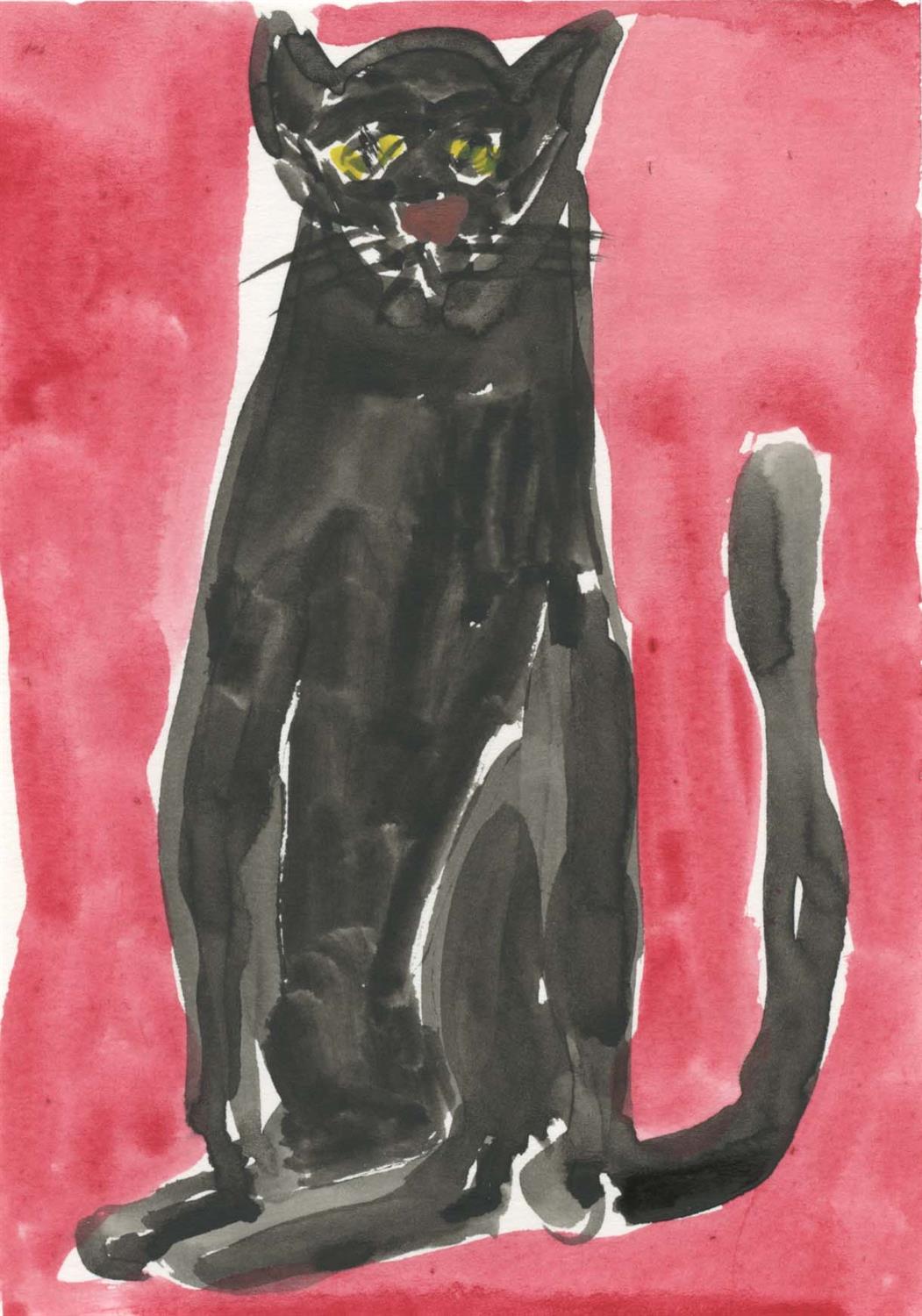
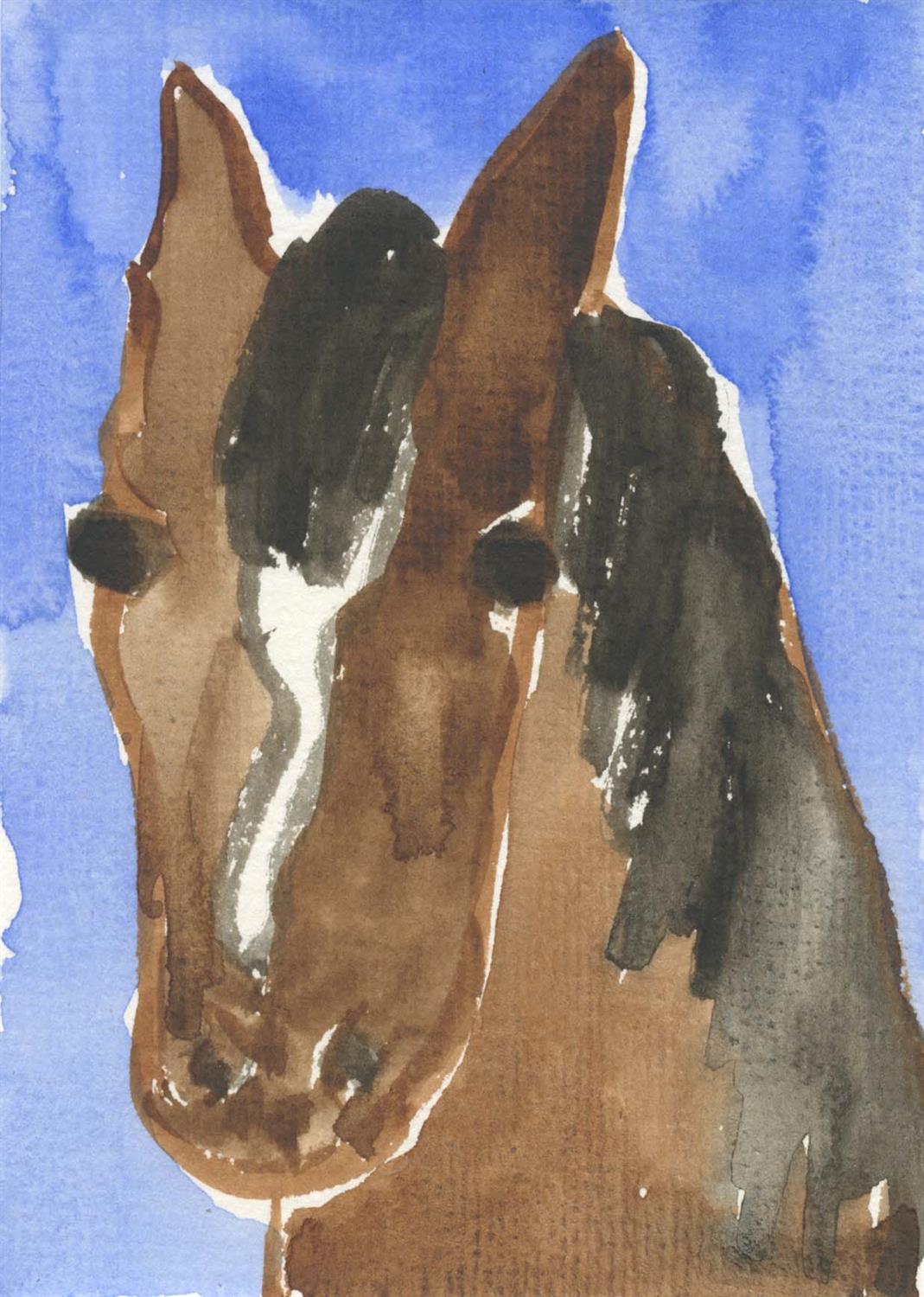
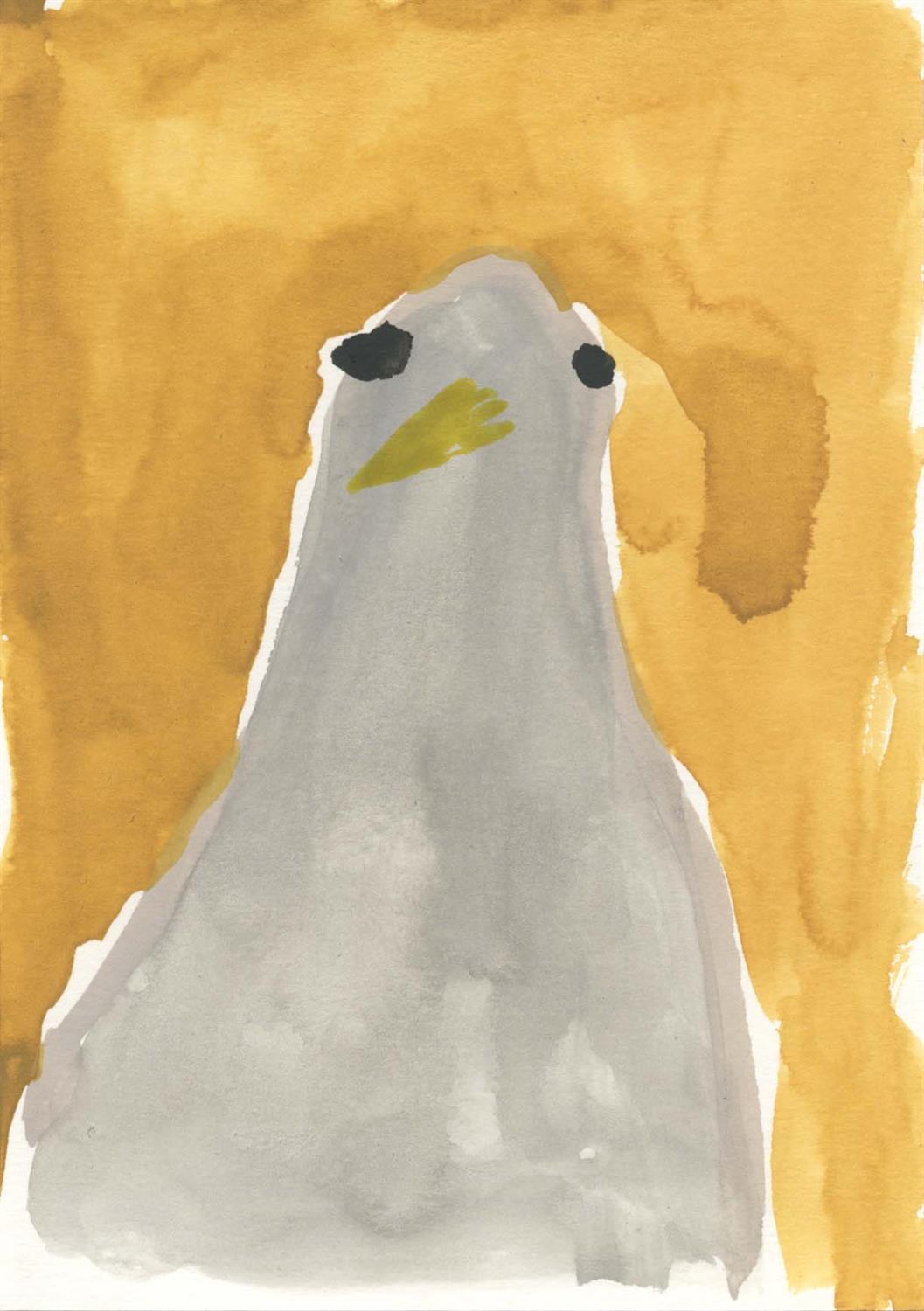
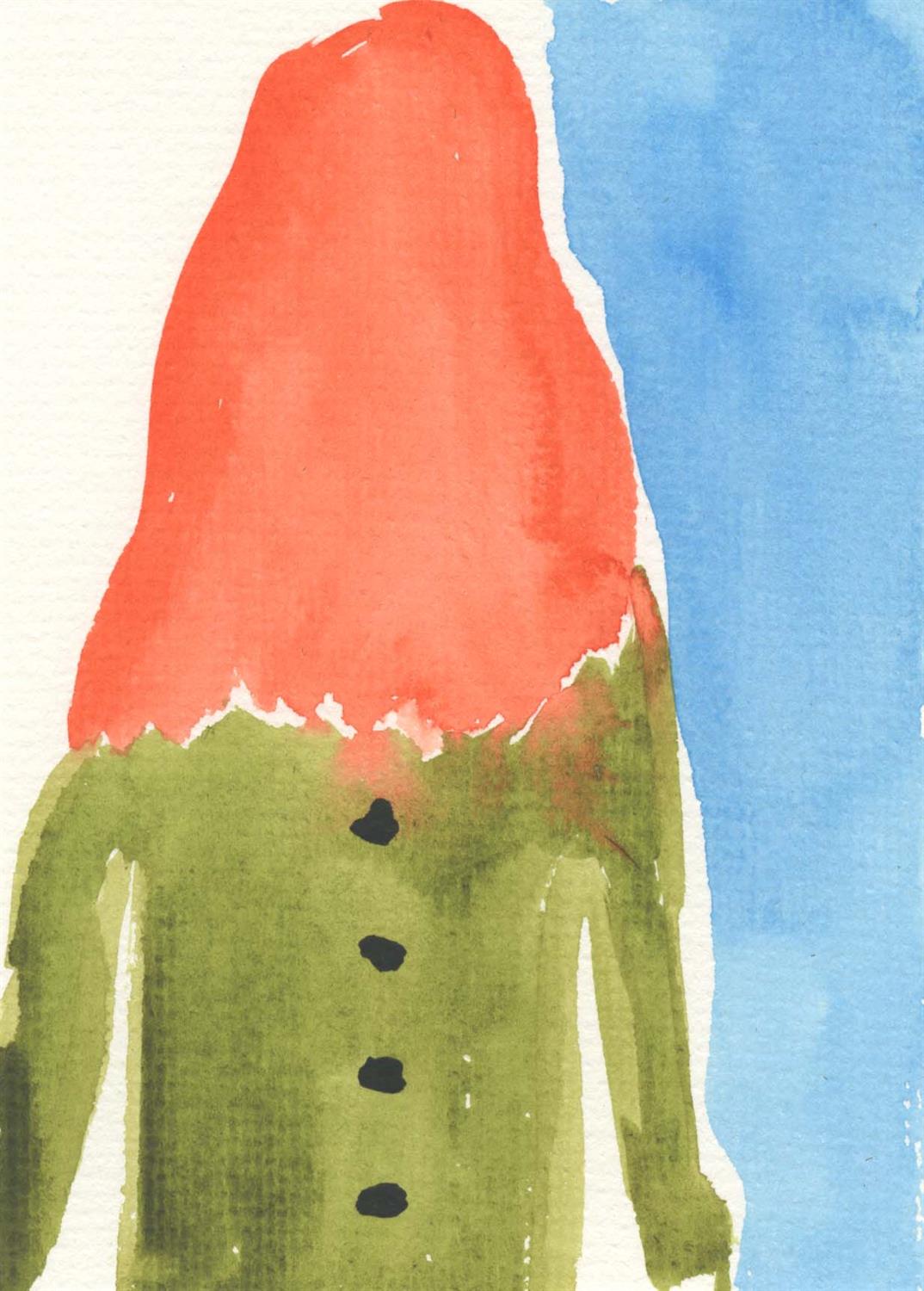








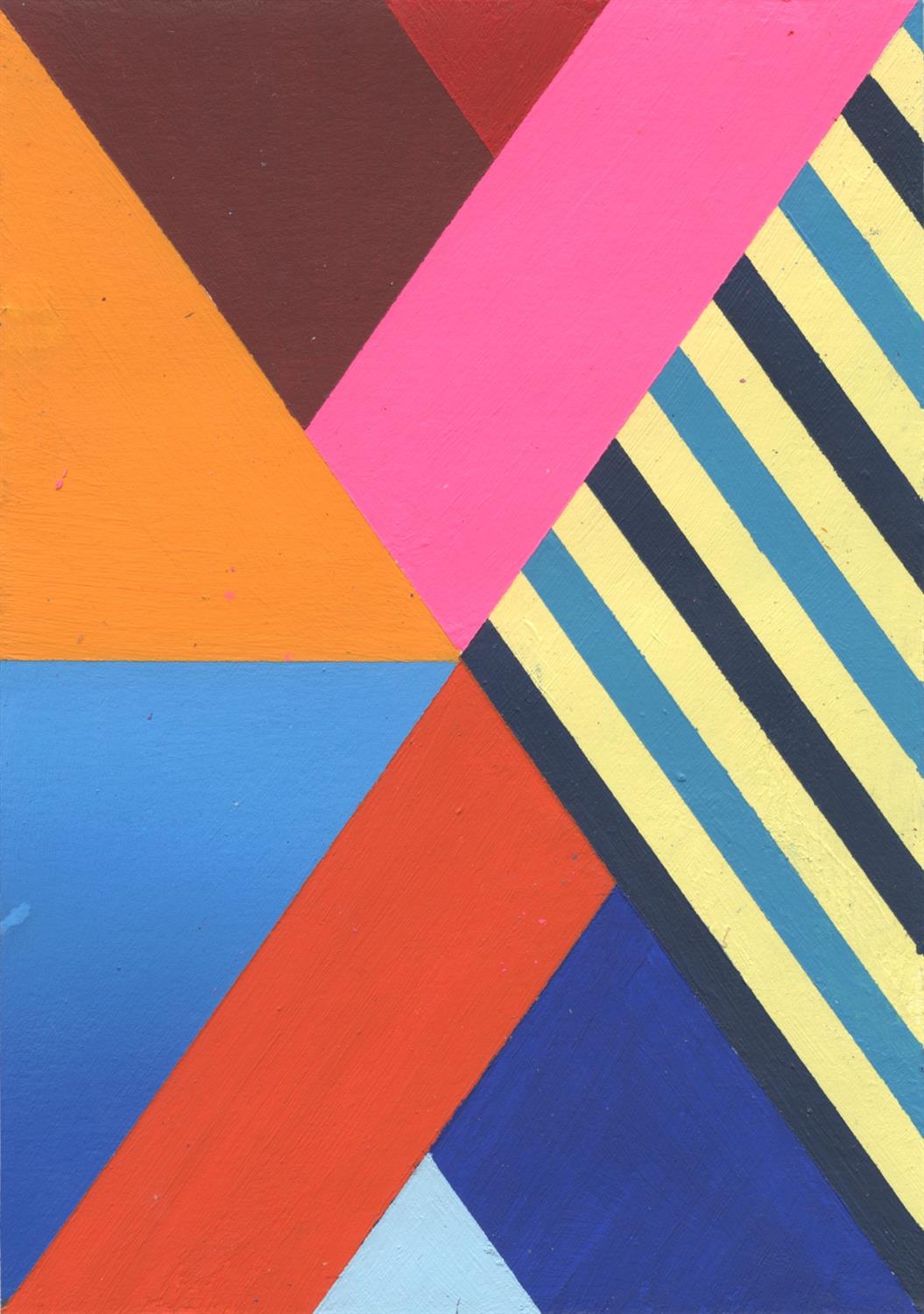
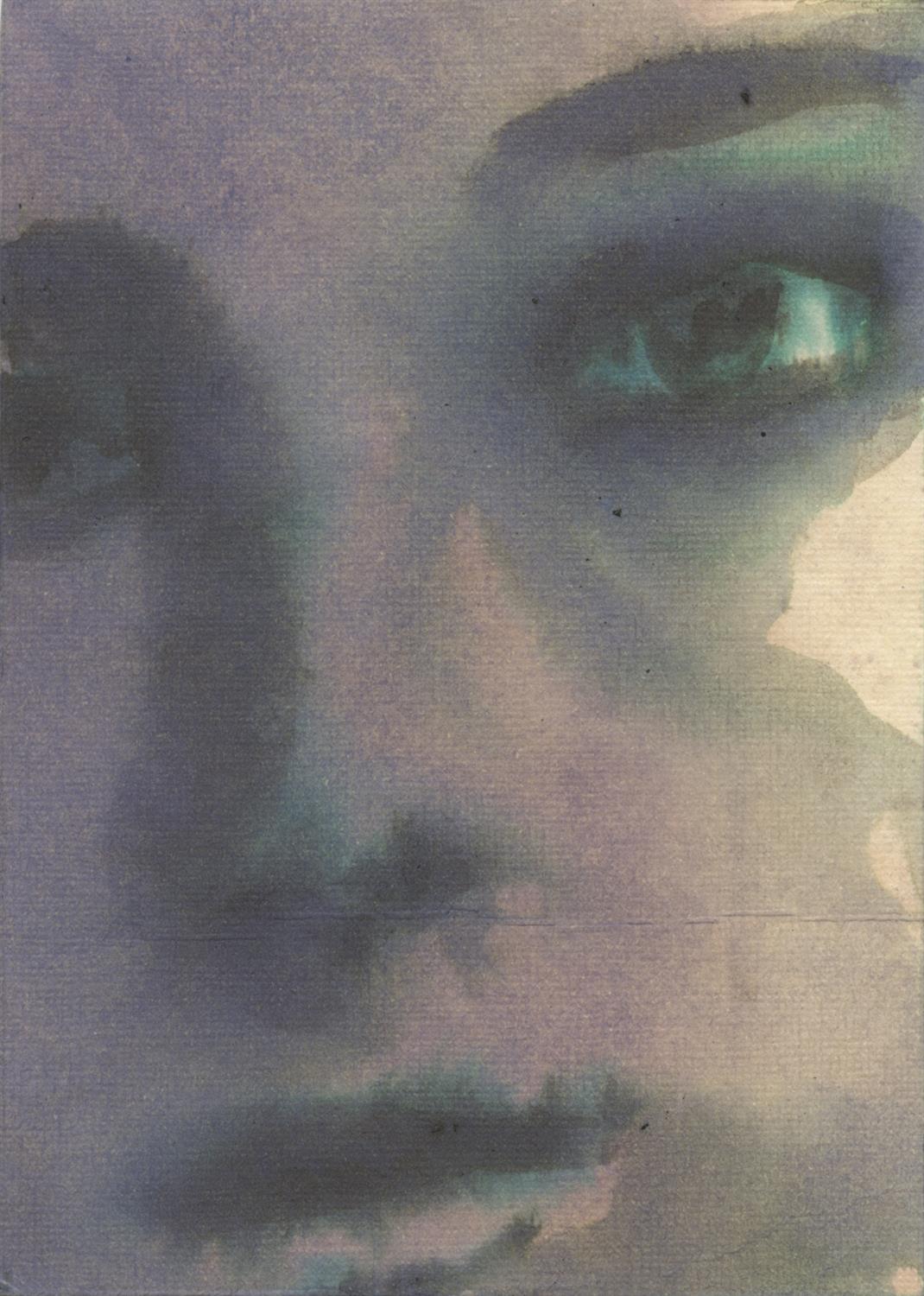
Testen Sie LotSearch und seine Premium-Features 7 Tage - ohne Kosten!
Lassen Sie sich automatisch über neue Objekte in kommenden Auktionen benachrichtigen.
Suchauftrag anlegen